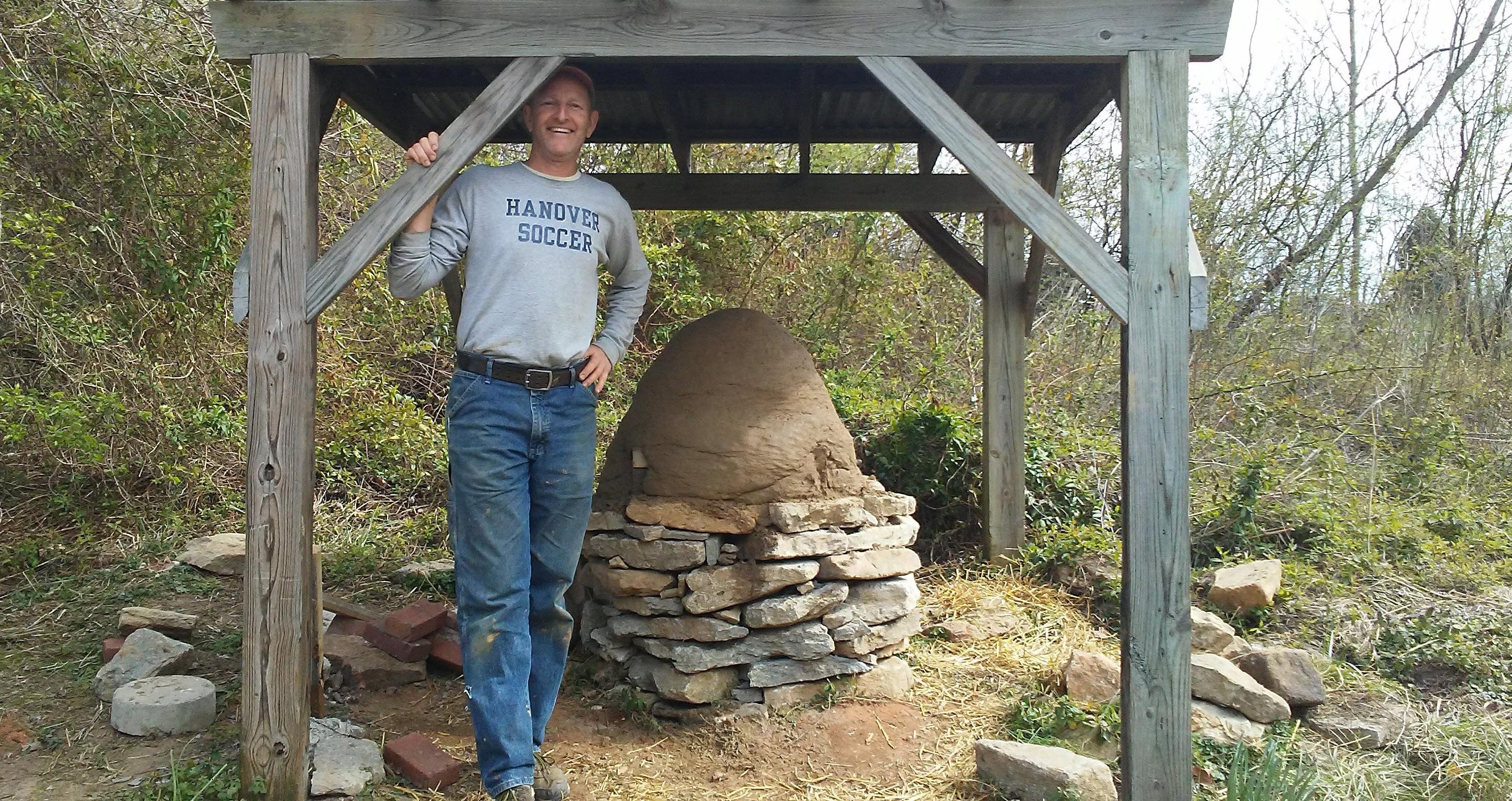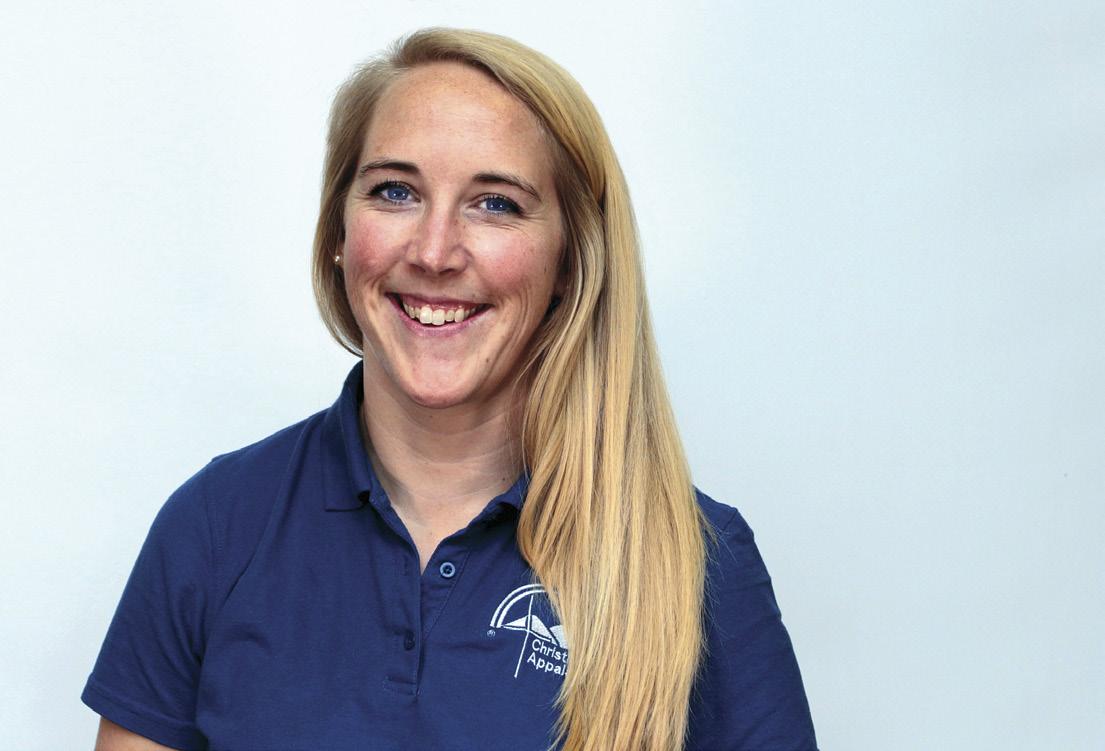
3 minute read
Are We There Yet?
DISCERNMENT: PART ONE OF A TWO-PART SERIES
Casey Sterr lived in the Berea House and served in Jackson County in 1986-87. He now lives on his 10-acre homestead near Frankfort, KY.
“Are we there yet?” This is the quintessential question posed by every child on the vacation trip. Every wise parent has answered “Not yet” or “Almost.” The spiritual life is similar. We embrace hope for something new – we wait, we yearn for transformation. Discernment is a practice that helps us more intentionally engage in the journey to a more authentic and loving way of being and service.
Relationship
Discernment’s foundation is relationship. In the creation story (Gen 2:7) we are introduced to God’s creative Spirit. One who takes a pile of clay – the Hebrew word for dirt/ clay, ‘adamah,’ becomes the basis for Adam – gives it some shape and breathes life, Spirit, into it. Spirit that creates seeks to draw us ever closer. This is what discernment is about: discovering more deeply our intimate connection with God who draws us in. And in turn, how this enlarges our capacity for love of God, neighbor, and self. A never-ending journey.
One of my most-trusted and beloved companions on several of my discernment journeys would always begin by asking – What is stirring in you? He was asking – how is God moving in you and how is the Spirit speaking? He would call these “nudges.” Read and ponder the Emmaus story (Luke 24:1335, especially verse 32). Am I attentive enough to be aware of these stirrings?
An Ever-Evolving Understanding and Practice
I have experienced the strength of this stirring, this yearning, to different degrees. One of the most obvious was the movement that led me to volunteer with CAP back in
1986. I had this extremely beautiful moment of clarity in my senior year of college. I would call that one of those strong stirrings. There are also the less intense stirrings and movements that still speak and invite. Since that time, my understanding of discernment has changed in the following ways. This speaks to some of the elements that I find necessary in any discernment process:
▶ From thinking to listening
Because I can default to “headspace,” it had been natural for me to believe discernment was about thinking my way through things, about figuring things out. In reality, the movement is away from thinking and towards listening. Again, a recognition of something stirring within – an awareness more than a thought.
▶ From head to heart and gut
In the same way, it is natural for me to go to my head when I process. But discernment has taught me to honor my default, but to round out and balance this with what my intuition and heart are saying.
▶ Silence, quiet
My world and life can be filled with much noise. It seems to simply be part of this human walk on earth. Our culture values busyness to the point where it can become a marker of our worthiness. But I discovered that I need to take time away, to be silent. Not to think, not to process, not to be “productive” as society defines it. But just to sit, rest assured that the Spirit is present. And to seek to turn this into a position of deeper awareness.
▶ Invitation
It is easy for me to get distracted with all the noise that seems so close at hand. And it seems that technology has made this more of a pitfall. Discernment invites me to go deeper than this, to adopt a way to not be mindlessly carried away on some current. What steps can I take to identify distractions and seek to tune them out, to move away from them?
▶ A stance of life
Sometimes, when I think of discernment, I go to those times where I’ve pondered “larger” decisions. And truly, discernment is important at these times. But I have come to believe that discernment is an ongoing way of being. How do I become a better listener throughout the entire journey?
Discernment Part Two will appear in the fall newsletter.





